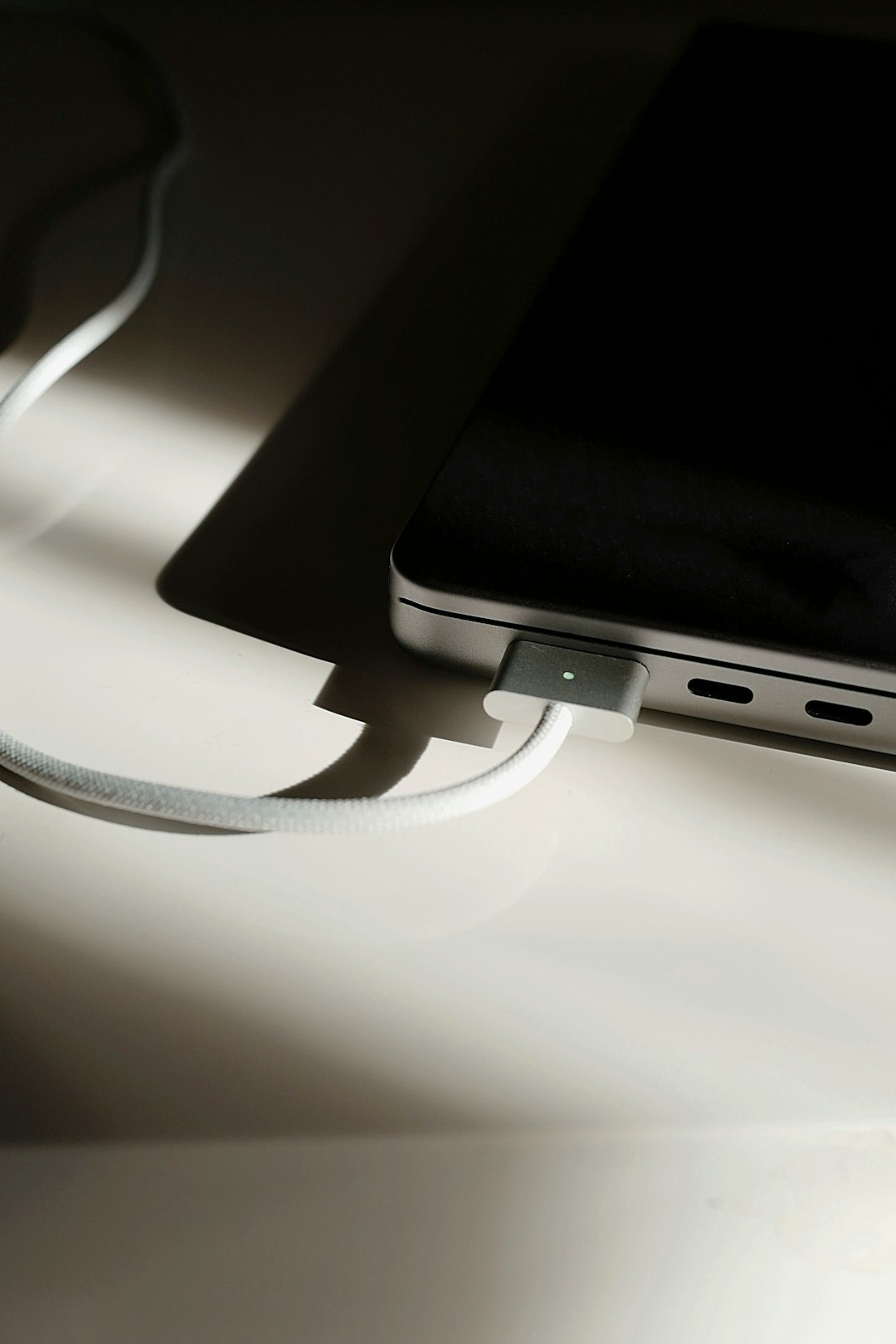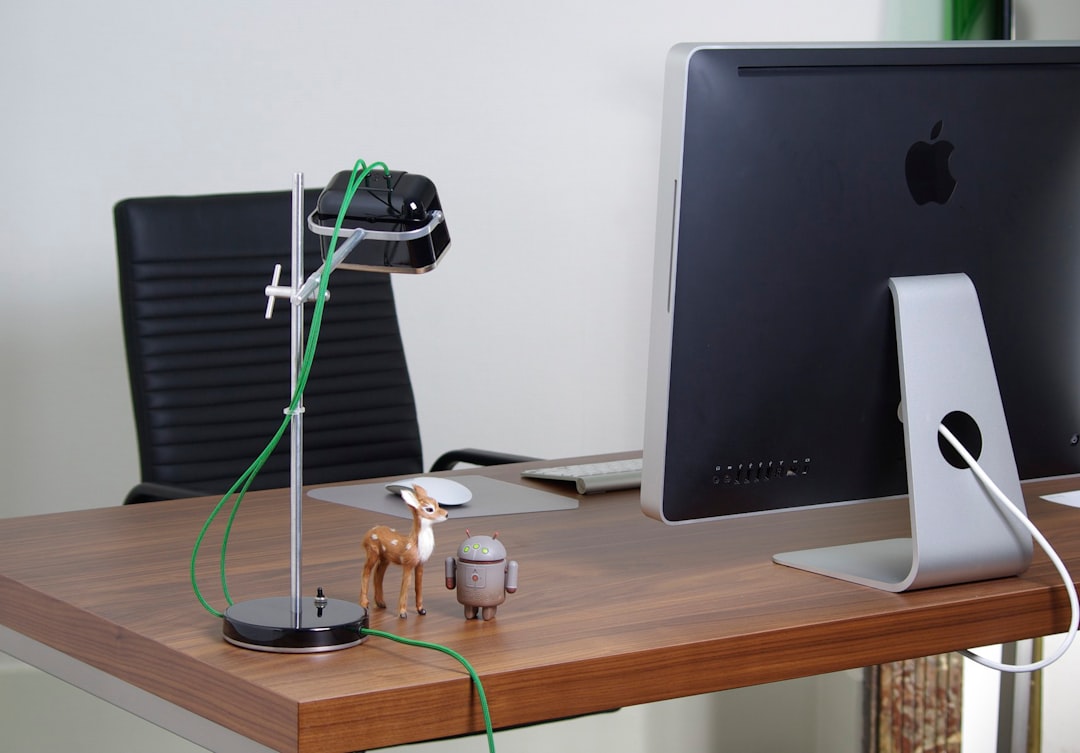In the ever-evolving world of digital connectivity, charging cables may seem like a minor detail — until you’re stuck with one that doesn’t fit your device. As we step into 2025, two contenders continue to dominate the conversation: USB-C and Micro-USB. Both have played pivotal roles in the tech landscape, but the question remains: which one should you use in 2025? Whether you’re buying a new gadget, standardizing your chargers, or simply curious, this article will help clarify the differences and guide your decision.
What Is USB-C?
USB Type-C, commonly known as USB-C, is a 24-pin connector that has rapidly become the industry standard for data transfer and charging. Introduced as part of the USB 3.1 specification back in 2014, it was designed to be a universal solution capable of high-speed data transmission, power delivery, and video output — all in a compact and reversible form.
Key Features of USB-C:
- Reversible connector – no more fumbling with cable orientation.
- High data transfer rates – supports speeds up to 40 Gbps with Thunderbolt 4.
- Power delivery up to 240W – suitable for charging everything from phones to laptops.
- Video transmission support – capable of transmitting 4K, even 8K, video.
USB-C’s versatility is what makes it a favorite for manufacturers and end-users alike. It’s used across a wide range of device categories including smartphones, laptops, tablets, monitors, and even game consoles.
What Is Micro-USB?
Micro-USB was once the go-to connector for small electronic devices. Found in countless products from 2008 through the mid-2010s, this connector has become synonymous with budget devices and legacy gadgets. Unlike the reversible USB-C, Micro-USB has a one-way orientation and is more limited in functionality.
Key Features of Micro-USB:
- Compact size – suitable for small devices like phones, cameras, and Bluetooth accessories.
- USB 2.0 standard – supporting data transfer speeds up to 480 Mbps.
- Limited power delivery – generally maxing out around 10W (5V/2A).
Although Micro-USB still exists in 2025, its presence is dwindling rapidly as more devices shift toward USB-C for enhanced performance and user experience.
Device Compatibility in 2025
By 2025, most new devices have adopted USB-C as the standard. Thanks to initiatives like the European Union’s mandate requiring USB-C ports for mobile devices, manufacturers have incentive to move away from Micro-USB once and for all.
Popular devices now using USB-C:
- All modern Android smartphones from brands like Samsung, Google, and OnePlus
- Apple iPads and MacBooks (with iPhones joining the club post-iPhone 15)
- USB-C charging laptops, Chromebooks, and many Windows devices
- Wireless headphones, e-book readers, cameras, and gaming controllers

Micro-USB is still found in:
- Older budget Android phones
- Legacy Bluetooth speakers and headphones
- Some IoT devices and power banks
If compatibility with older gear is important to you or you’re dealing with legacy devices, Micro-USB may still have a place in your life. For everyone else, USB-C is fast becoming the new norm.
Charging and Data Transfer Speeds
This is where USB-C truly shines. Supporting higher currents and voltages, USB-C dramatically outpaces Micro-USB when it comes to both charging speed and data transfer rates.
USB-C capabilities:
- Fast charging up to 240W with USB Power Delivery (USB PD) 3.1
- Data transfer up to 40 Gbps with Thunderbolt 4 and USB4
Micro-USB limitations:
- Charging usually capped at 10W (without any fast charging protocols)
- Data transfer limited to USB 2.0 or, in rare cases, USB 3.0 at 5 Gbps (via a different connector shape)
This makes a drastic difference when you’re copying large files to a device or trying to charge a laptop or tablet.
Durability and Usability
Another notable edge USB-C has is in terms of user-friendliness and longevity. Because it’s reversible, it significantly reduces wear and tear on both the port and connector. Micro-USB, being unidirectional, can easily be damaged if inserted incorrectly or repeatedly forced into ports.
Why USB-C Wins in Durability:
- Stronger internal structure, often rated for 10,000+ insertion cycles
- Fewer moving parts inside the port
- No top/bottom orientation increases safe usage
If you’ve ever struggled in the dark trying to blindly plug in a Micro-USB cable, you’ll appreciate the simplicity and robustness of USB-C design.
Environmental and Regulatory Push
An unexpected but powerful reason to adopt USB-C in 2025 is the regulatory influence on standardized charging. The European Union now mandates USB-C for smartphones, tablets, and cameras to reduce electronic waste. This echoes globally with many manufacturers jumping on board whether local regulations require it or not.
This gives USB-C not only a technological advantage but also an environmental edge. Standardizing ports means fewer redundant cables, chargers, and lower environmental impact.

Cost and Availability
In the past, Micro-USB cables were cheaper and more accessible. While that still holds true in some regions, the mass market adoption of USB-C has significantly brought prices down. Today, high-quality USB-C cables are almost as inexpensive as Micro-USB ones and are far more versatile.
Also, because USB-C can handle multiple functionalities (charging, data, video), it reduces the need for different types of cables — another cost-saving factor in the long run.
Looking Ahead: The Future of Connectivity
USB-C is not just a connector — it’s a forward-looking standard that fits seamlessly into our increasingly digital lives. With support from major players like Intel, Apple, Google, and Microsoft, and continual development through USB4 and Thunderbolt technologies, its lifespan is set to extend well into the next decade.
On the other hand, Micro-USB is already being phased out. Its biggest role now is backward compatibility. But as more households and professionals transition to USB-C, its relevance will continue to fade.
Conclusion: Which One Should You Use in 2025?
If you’re building a tech ecosystem, buying new devices, or simply upgrading accessories in 2025, the clear choice is USB-C. With superior charging speeds, fast data transmission, wider compatibility, and regulatory backing, it checks every box for convenience, performance, and sustainability.
However, don’t throw out your Micro-USB cables just yet. If you still own some older gadgets—especially in the IoT or budget accessory category—they might still require it. Until those devices are replaced, Micro-USB cables will remain a minor but necessary fixture.
So in short: Go with USB-C where you can, keep a Micro-USB cable where you must.
The transition may not be instant, but by the end of this decade, chances are you’ll only need to carry a single cable — and it’ll likely have a USB-C tip.
